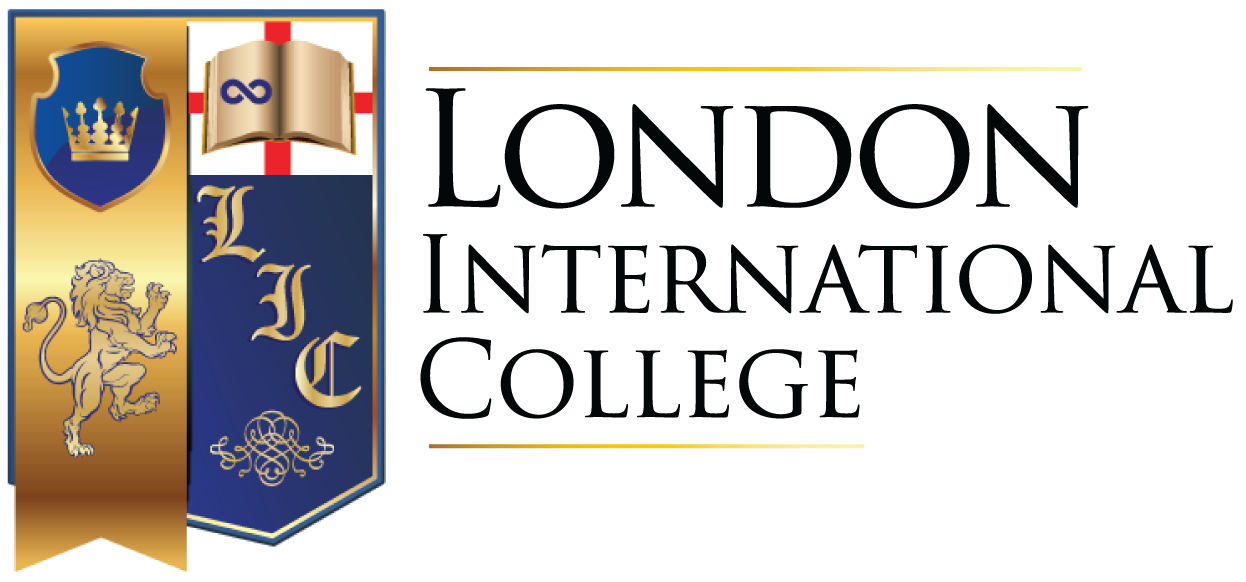Electronics
Course Overview
Electronics is the branch of science that deals with the study of the flow and control of electrons (electricity) in vacuum and matter. The flow of the electrons is controlled by utilizing various devices to resist, carry, select, steer, switch, store, manipulate and exploit the electron. These devices or components are called electronic devices and are used for for rectification, generation, conversion, amplification and control of the electric current.
This course is a foundation for entering careers and everyday participation in a culture grounded in electronics. As students engage in this course, they will learn the basic theories and principles that are fundamental to electronics through the development of practical and theoretical knowledge. The method for accomplishing this will include the application of the theory learnt in the course to build circuits in series and parallel on a breadboard and learning and applying practical skills such as soldering and reading a digital multimeter.
Key Areas
- Electrical and electronics safety
- Electrical component identification
- Introduction to voltage
- Current
- Resistance and schematic symbols
- Ohm’s law
- Kirchhoff’s laws
- Series and parallel circuits
- Measurement of key electronic parameters using a digital multimeter
- Bread- boarding.
Learning Outcomes
Upon completion of this course students will be able to:
- Understand basic atomic structure, components of the atom, their charges and how an electric current is developed as a result of these.
- Identify the schematic symbols of several common electronic components and describe their functions; define terms used in electronics.
- Name several electrical shock hazards, understand the practice of electrical safety via proper procedures and Personal Protective Equipment (PPE).
- Discern between the various types of conductors and their conductivity; determine the size of conductor needed for an application.
- Calculate voltage, current and resistance in series, parallel and series-parallel circuits.
- Learn to use various electronics equipment including the digital multimeter, breadboard, soldering equipment.
- Read and analyze electronic circuit diagrams.
- Determine the expected resistance of a wire and estimate the change in resistance that occurs with changing wire characteristics.
- Calculate the total capacitance of a circuit; calculate the time constant of a resistance-capacitance (RC) or resistance-inductors (RL) circuit; calculate the total inductance of a circuit.
- Explain how inductors are constructed and describe how an inductor can regulate the flow of current in a DC circuit.
- Describe how diodes and transistors work and how to determine if they’re working properly; list uses for diodes and transistors in electronic systems.

